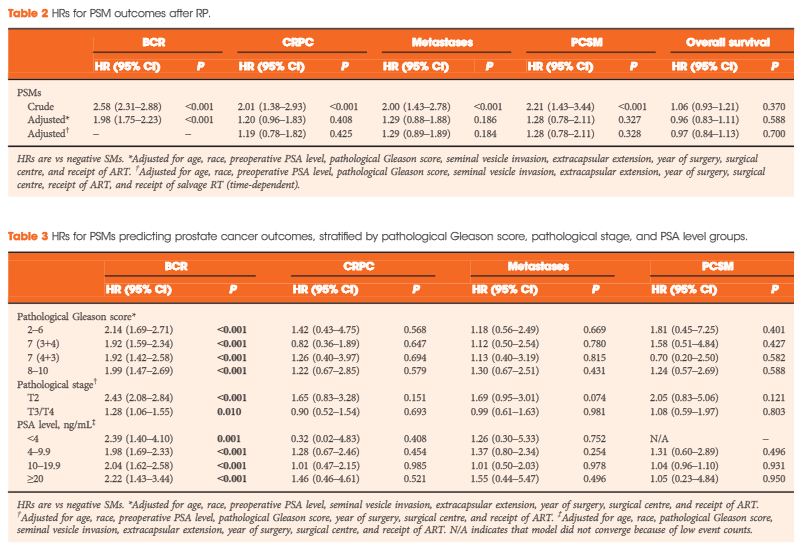
Article of the Week: The impact of PSMs on long-term outcomes after RP
Every Week the Editor-in-Chief selects an Article of the Week from the current issue of BJUI. The abstract is reproduced below and you can click on the button to read the full article, which is freely available to all readers for at least 30 days from the time of this post.
In addition to the article itself, there is an accompanying editorial written by a prominent member of the urological community. This blog is intended to provoke comment and discussion and we invite you to use the comment…

Editorial: Should we worry about positive surgical margins in prostate cancer?
The debate on the impact of positive surgical margins (PSMs) after radical prostatectomy (RP) continues. The study by Mithal et al. [1] in the present issue contributes further data to an extensive and growing body of literature addressing the clinical significance of a PSM after RP, and ultimately alludes to the question of how to manage these patients.
The authors [1] use the SEARCH database, a large dataset comprised of patients from multiple Veterans Affairs Medical Centers across…

Video: PSMs in RP patients do not predict long-term oncological outcomes
Positive Surgical Margins in Radical Prostatectomy Patients Do Not Predict Long-term Oncological Outcomes: Results from SEARCH
Prabhakar Mithal, Lauren E. Howard†‡, William J. Aronson§¶, Martha K. Terris**††, Matthew R. Cooperberg‡‡, Christopher J. Kane§§, Christopher Amling¶¶ and Stephen J. Freedland‡***
Department of Urology, University of Rochester Medical Center, Rochester, NY, †Department of Biostatistics and Bioinformatics, Duke University School of…
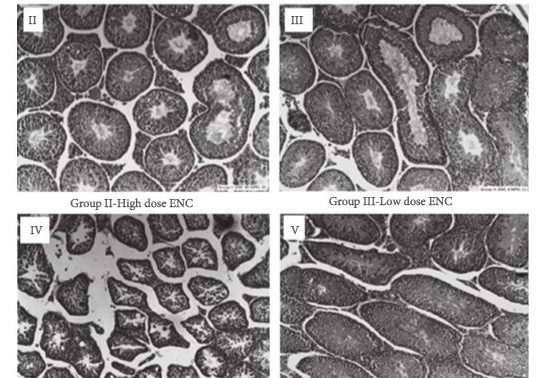
Article of the Week: Differential effects of ENC & ZUC on reproductive tissues in male mice
Every Week the Editor-in-Chief selects an Article of the Week from the current issue of BJUI. The abstract is reproduced below and you can click on the button to read the full article, which is freely available to all readers for at least 30 days from the time of this post.
In addition to the article itself, there is an accompanying editorial written by a prominent member of the urological community. This blog is intended to provoke comment and discussion and we invite you to use the comment…
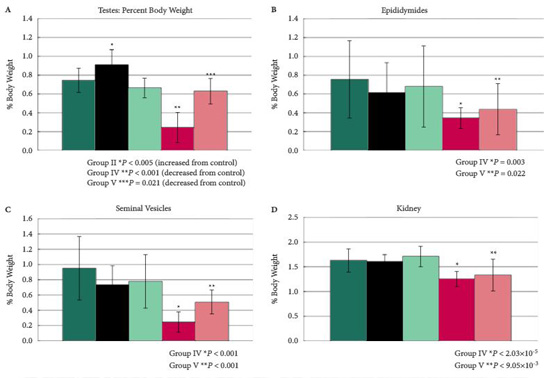
Editorial: When two and two don’t make four
Many drugs are chiral, i.e. the enantiomers (isomers) cannot be superimposed on their mirror images. It has long been known that if a drug is chiral, then in biological terms, the isomers invariably differ in activity [1]. One isomer may specifically interact with a cell receptor to produce the desired outcome while the other might have no useful application or might have an unwanted pharmacological or even a toxicological effect through some other interaction.
In the clear-cut example…

Video: Effects of clomiphene citrate isomers on mouse reproductive tissues
Differential effects of isomers of clomiphene citrate on reproductive tissues in male mice
Gregory K. Fontenot, Ronald D. Wiehle and Joseph S. Podolski
Repros Therapeutics Inc., The Woodlands, TX, USA
Objectives
To determine, in a chronic dosing study, the oral toxicity potential of the test substances, enclomiphene citrate (ENC) and zuclomiphene citrate (ZUC), when administered to male mice by oral gavage.
Materials and Methods
Mice were divided…
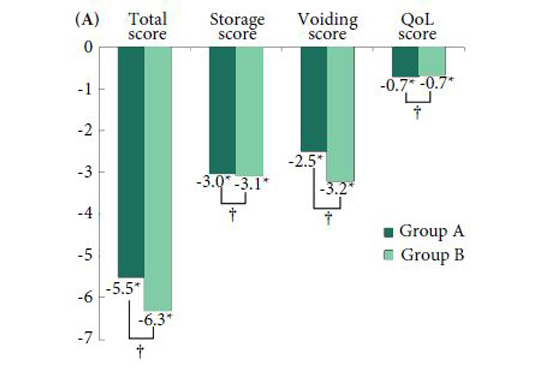
Article of the Week: Comparison of the efficacy and safety of tolterodine 2 mg and 4 mg combined with an alpha-blocker
2 Comments
/
Every Week the Editor-in-Chief selects an Article of the Week from the current issue of BJUI. The abstract is reproduced below and you can click on the button to read the full article, which is freely available to all readers for at least 30 days from the time of this post.
In addition to the article itself, there is an accompanying editorial written by a prominent member of the urological community. This blog is intended to provoke comment and discussion and we invite you to use the comment…
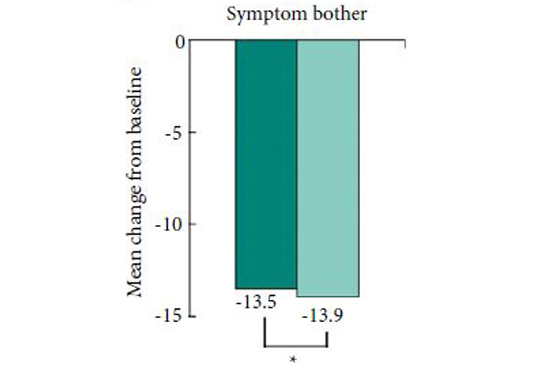
Editorial: Should we start with low-dose anti-cholinergics when alpha-blockers alone fail?
Kim et al. [1] asked the question whether we should start by treating men who have persistent storage LUTS despite α-blocker monotherapy, with a low-dose anti-cholinergic as opposed to the standard dose (given the potentially increased risk of side-effects such as acute urinary retention and high discontinuation rates with the standard dose). It is a valid question, for we know that discontinuation rates with standard doses of anti-cholinergics can be as high as 50% in the first 3 months due to…

Video: Tolterodine combined with an alpha-blocker in men with LUTS and OAB
Comparison of the efficacy and safety of tolterodine 2 mg and 4 mg combined with an α-blocker in men with lower urinary tract symptoms (LUTS) and overactive bladder: a randomized controlled trial
Tae Heon Kim*, Wonho Jung†, Yoon Seok Suh*, Soonhyun Yook‡, Hyun Hwan Sung*
and Kyu-Sung Lee*‡
*Department of Urology, Samsung Medical Center, Sungkyunkwan University School of Medicine, Seoul, †Department of Urology, Dongsan Medical Center, Keimyung University School of Medicine, Daegu,…
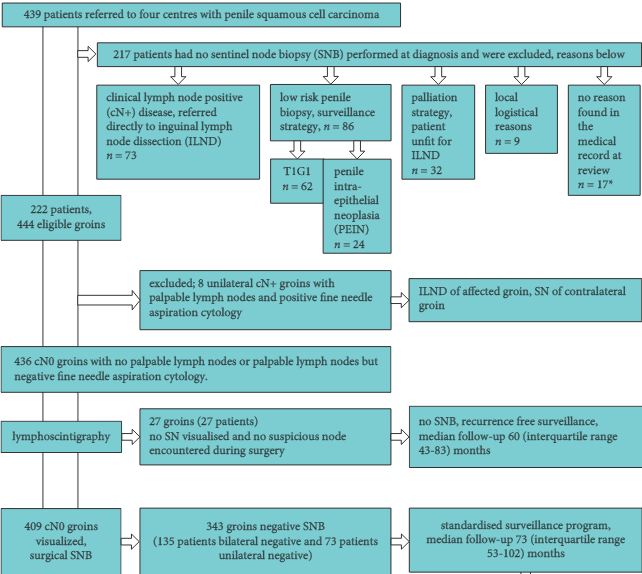
Article of the Month: DaPeCa-1 – Diagnostic Accuracy of SNB in Penile Cancer
Every Week the Editor-in-Chief selects an Article of the Week from the current issue of BJUI. The abstract is reproduced below and you can click on the button to read the full article, which is freely available to all readers for at least 30 days from the time of this post.
In addition to the article itself, there is an accompanying editorial written by a prominent member of the urological community. This blog is intended to provoke comment and discussion and we invite you to use the comment…
